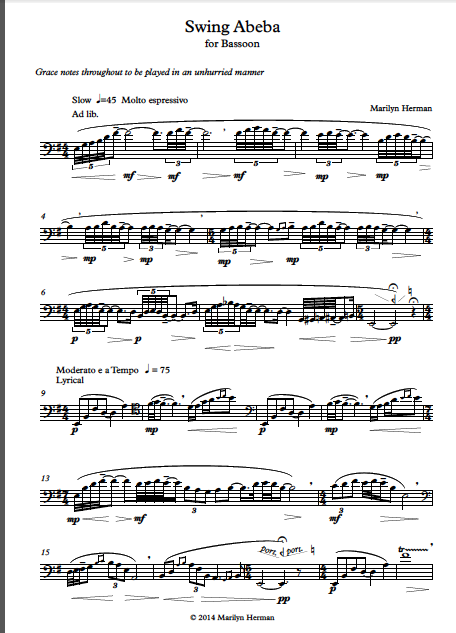 My first love from early childhood was music: classical piano-playing, and singing (especially folk), accompanying myself on my beloved guitar.
My first love from early childhood was music: classical piano-playing, and singing (especially folk), accompanying myself on my beloved guitar.
However, it was social anthropology that I took to doctoral level, and as a way of not letting go of music, I specialised in the anthropology of music.
During my doctoral fieldwork, I performed with an Ethiopian-Jewish band called “The Band of Blossoming Hope” for 9 months. (See my book: Gondar’s Child.) I also had lessons with the famous Ethiopian Christian singer Aklilu Seyoum, who coached the Band, in the Ethiopian intervallic mood-mode systems known as “keñetoch”.
Prior to this, I conducted research on Jewish society and music in Yemen, and wrote a substantial thesis on this subject. Very many hours were spent listening to, analysing, and even painstakingly and painfully transcribing their music, and other kinds of Yemenite music.
Perhaps it was Ethiopian music, and also the American blues singers who frequented the folk clubs in Israel, which opened me up to jazz. Upon returning from my fieldwork to the UK, for years to follow, jazz became my passion. I studied with established jazz vocalists, performing at jazz jams, working hard on my vocal improvisation and learning the standard repertoire. Among the early tasks I was set was to sing along with recordings of Louis Armstrong’s trumpet-playing: a great training! In my quest for jazz, I went to Manhattan where I attended lessons and vocal masterclasses, went to all the jazz jams and performances I could manage, and generally infused myself with jazz.
I am glad to say I finally returned to “my own” music and first love. I resumed my classical piano playing, and took it to another level – the most meaningful thing I feel I could have done with my life!
Years ago, I told a jazz musician about my background in music – all these diverse intensely-studied and deeply-internalised influences – and he said: “It will be dynamite when it all comes together!”.
Swing Abeba, a work for solo bassoon, is an example of some of these influences coming together. Whether or not it is “dynamite” – even a small quantity of dynamite – even a teaspoonful, is for the listener, or player, to determine!
“Abeba”, means “flower” – part of the name of the Ethiopian capital city where modern Ethiopian music took root. “Abeba” is also a common refrain in their vocal music. True to its title, this work is influenced by Ethiopian popular music, which in turn was strongly influenced by swing rhythm in American big band jazz transmitted from an army radio station in Kagnew, in neighbouring Eritrea in the 1950s.
Ethiopian music – essentially song-based – consists of pentatonic melodies which tend to be deeply embedded in copious melismata, progressing in an improvisatory manner, similarly to jazz.
Accordingly, Swing Abeba begins with an Ethiopian, pentatonically melismatic treatment of an un-Ethiopian theme. The music then breaks into a jazz-swing scherzo. The call-response nature of this scherzo recalls this feature of Ethiopian music. The second section begins with a slow, heavily melismatic ad lib passage marked “molto espressivo e pensivo”, which leads into a second swing scherzo, the opening themes reappearing in a different guise in the closing section.
In the recording here, it is played beautifully by John McDougall. An earlier version of Swing Abeba was performed, equally beautifully, by Glyn Williams at the 17th New Winds Festival at Regent Hall in London, 2014.
